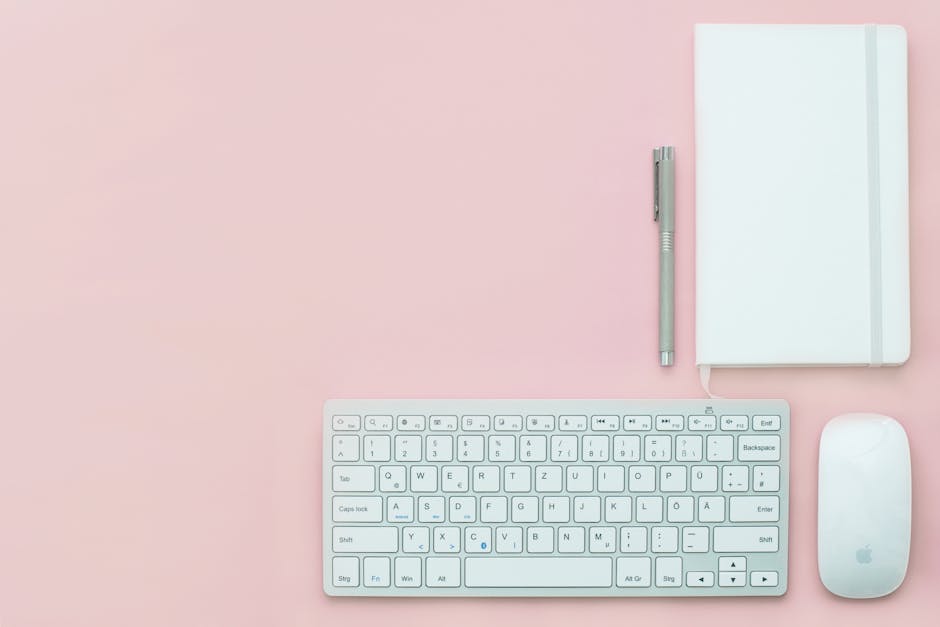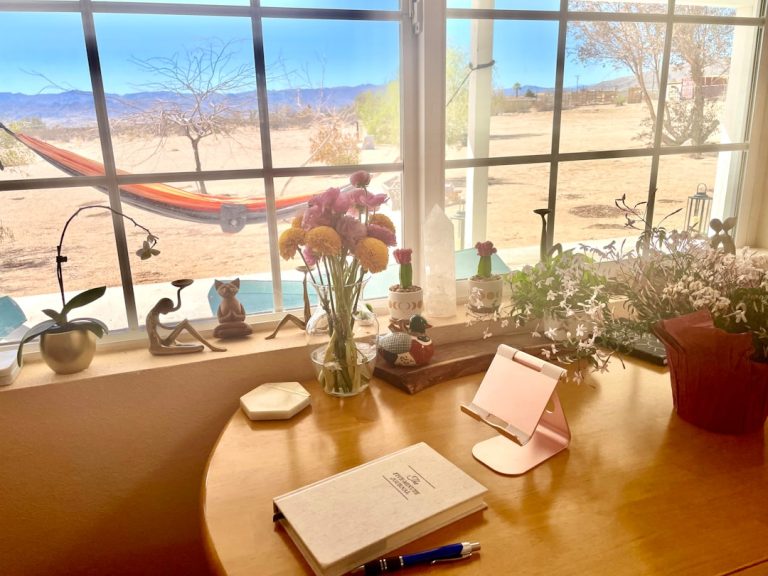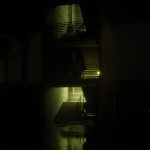The idea of a “retreat” often conjures images of secluded cabins, remote beaches, or serene mountain getaways. Places far from the daily grind, designed to foster deep reflection, uninterrupted creativity, or intense focus. But what if I told you that for years, I’ve successfully orchestrated these powerful deep work retreats without packing a single bag or booking an expensive flight? My secret lies in transforming my own home, a space typically buzzing with domestic life, into a sanctuary for profound concentration. This isn’t about simply working from home; it’s about intentionally crafting an environment and mindset that allows me to dive into complex tasks with unparalleled focus, achieving breakthroughs that would otherwise be elusive. Let me walk you through my personal blueprint for making deep work retreats a consistent, accessible reality, right here within my familiar four walls.
Defining My Personal Deep Work Sanctuary: More Than Just a Desk
Before I even consider the physical setup, my first step in creating a deep work retreat at home is a mental one: clearly defining what “deep work” means for me in that specific context. It’s not just a block of time; it’s a dedicated period where I engage in activities that push my cognitive limits, create significant value, and are hard to replicate. This usually involves strategic planning, complex problem-solving, writing, or intensive learning. My “sanctuary,” therefore, isn’t just a physical space but a state of mind, an agreement I make with myself and my household that for a set duration, I am inaccessible for anything trivial.
This definition helps me set clear boundaries and expectations. I communicate to my family (if applicable) that during these hours, I am effectively “away” even though I’m physically present. It’s about cultivating an internal readiness for intense focus, understanding that distractions, both internal and external, will be minimized to the greatest extent possible. Without this foundational understanding, any physical setup would merely be a desk, not a true retreat. It’s about mentally checking into a different zone, a quiet space within my mind that allows for sustained, high-quality output. This pre-framing is crucial because it aligns my intentions with my actions, making the transition into deep work much smoother.
Crafting My Uninterrupted Zone: Physical & Digital Foundations
Once the mental switch is flipped, I turn my attention to the practicalities of creating an environment conducive to uninterrupted focus. This involves both physical and digital strategies. Physically, I designate a specific area for my deep work retreat. For me, it’s a corner of my home office, but it could be a kitchen table during off-hours, a spare bedroom, or even a quiet nook in the living room. The key is its *exclusivity* during the retreat period. I make sure this space is meticulously tidy and free from visual clutter – a clean desk often translates to a clear mind. I arrange my tools (laptop, notebook, pen, water bottle, a healthy snack) within easy reach to minimize reasons for getting up. Lighting is important; natural light is preferred, but a good task lamp works wonders.
Digitally, the setup is equally rigorous. Before starting my retreat, I perform a thorough digital decluttering guide. This means closing all unnecessary tabs, applications, and notifications. My phone goes on silent and out of sight, ideally in another room. I use website blockers or focus modes on my devices to prevent access to social media, news sites, or anything that could pull me away from my task. It’s about creating a digital “air gap” between my deep work and the internet’s endless distractions. I also ensure all necessary files and resources are downloaded or easily accessible offline if possible, further reducing the temptation to browse. This dual approach – physical tidiness and digital minimalism – lays a robust foundation for my home-based deep work retreat, signaling to my brain that it’s time to engage with purpose.
My Rituals for Initiating Flow: Pre-Retreat Prep & Entry
Entering a deep work retreat isn’t something I jump into spontaneously; it’s a deliberate transition signaled by a series of personal rituals. These rituals act as cues, telling my brain it’s time to shift gears into a state of intense focus, much like an athlete’s pre-game routine. One of my primary rituals is time blocking techniques. The evening before, or first thing in the morning, I meticulously schedule my deep work blocks, assigning specific tasks to each. This clarity prevents decision fatigue and ensures I know exactly what I need to accomplish.

On the day of the retreat, I start with a brief, calming activity. This might be a 5-10 minute meditation, a short walk around the block, or even just brewing a special cup of tea. This helps clear my mind of any lingering daily chatter. I then put on my noise-canceling headphones, even if the house is quiet, as it’s another powerful psychological cue. I often listen to ambient music or white noise, specifically curated to aid concentration. Before I begin the actual work, I review my pre-planned task list one last time, ensuring I have a crystal-clear objective. This structured entry process is vital for me to quickly achieve a state of flow, minimizing the ramp-up time and maximizing the effectiveness of my deep work session.
Sustaining the Solitude: My Strategies for Ongoing Focus
Getting into deep work is one thing; sustaining it over several hours without succumbing to fatigue or distraction is another challenge entirely. My home-based retreat isn’t just about the initial setup; it’s about a continuous practice of maintaining that intense focus. One of my core strategies is implementing modified Pomodoro Technique cycles. Instead of rigid 25-minute blocks, I often extend my focused intervals to 60-90 minutes, followed by a short 5-10 minute break. During these breaks, I step away from my workspace, stretch, grab a fresh drink, or briefly look out the window – anything to refresh my mind without engaging in distracting activities like checking email or social media.
I also proactively manage potential interruptions. My “Do Not Disturb” sign isn’t just for show; it’s a serious boundary. If an urgent, non-deep-work-related thought pops into my head, I quickly jot it down in a designated “distraction notebook” to address later, preventing it from derailing my current task. Hydration and light, healthy snacks are also key to sustaining energy levels and avoiding the need to break focus for hunger pangs. Furthermore, I practice self-compassion. If my focus wanes, instead of getting frustrated, I gently guide myself back to the task, sometimes by taking a micro-break (a few deep breaths) or re-reading my last paragraph to re-engage my brain. This mindful approach to mastering your focus helps me navigate the inevitable ebbs and flows of concentration within my home sanctuary.
The Unseen Gains: Why My Home-Based Retreats Outperform
You might wonder if a home-based retreat can truly compare to a dedicated off-site experience. For me, the answer is a resounding yes, and often, it even outperforms. The “unseen gains” are numerous and deeply impactful. Firstly, the sheer convenience and cost-effectiveness are unparalleled. I save time, money, and energy on travel and accommodation, allowing me to invest more of those resources into the work itself. This means I can conduct these retreats more frequently and spontaneously, integrating deep work into my regular routine rather than treating it as a rare, special event.
Secondly, the comfort and familiarity of my own space contribute significantly to my ability to relax into the work. There’s no adjustment period to a new bed or unfamiliar surroundings. My environment is perfectly tuned to my preferences, from the temperature to the ergonomic setup of my chair. This personalized comfort minimizes subconscious stress, freeing up more cognitive resources for the demanding tasks at hand. Finally, and perhaps most importantly, these home retreats cultivate incredible self-discipline and a stronger sense of autonomy. By proving to myself that I can create a sanctuary of focus amidst the potential chaos of home life, I build resilience and a profound understanding of my own capacity for concentration. This internal mastery is a gain that extends far beyond


